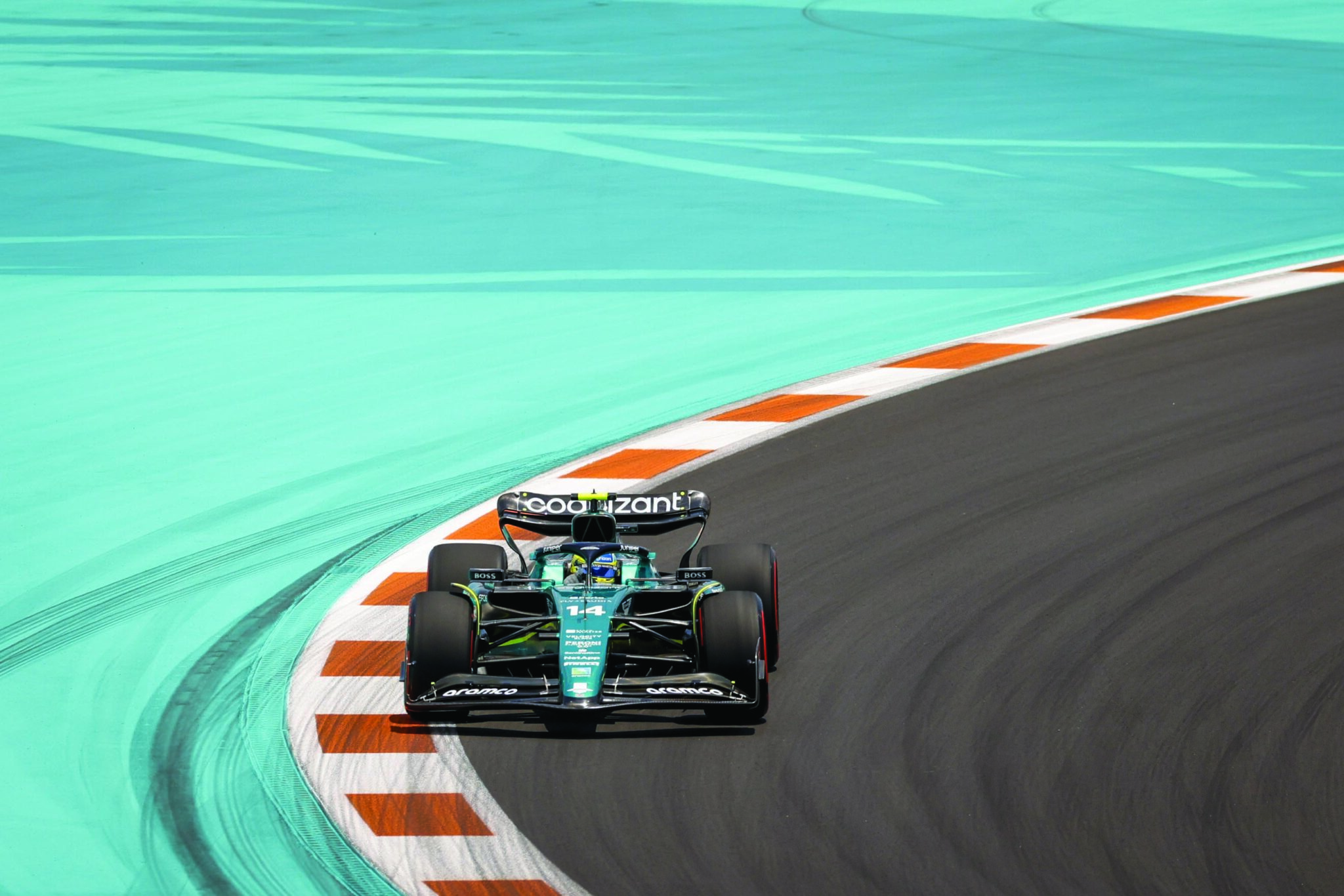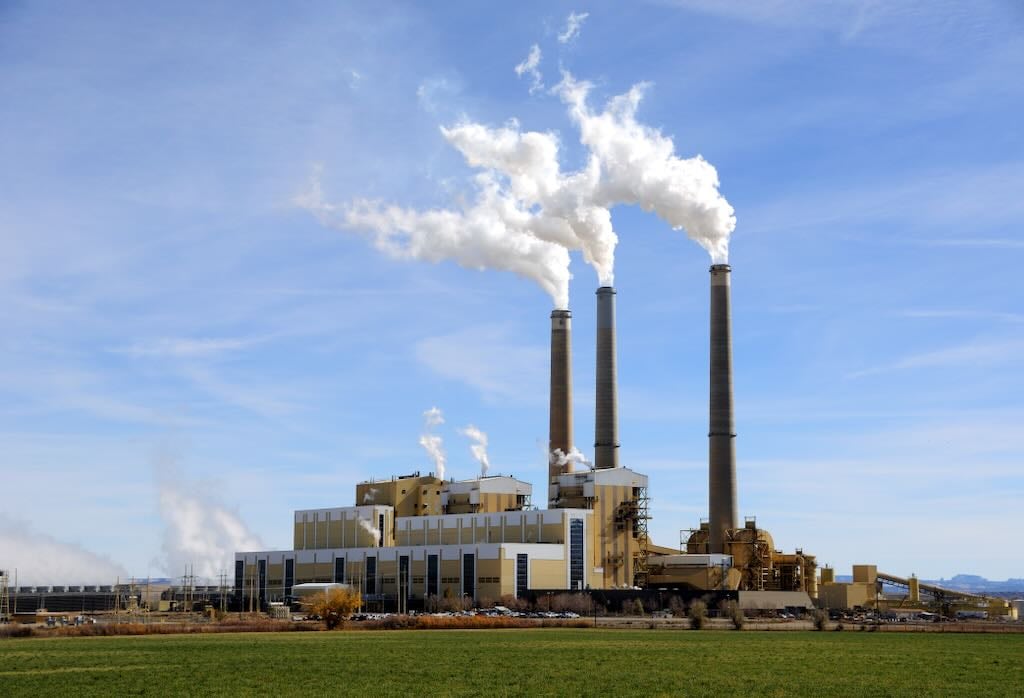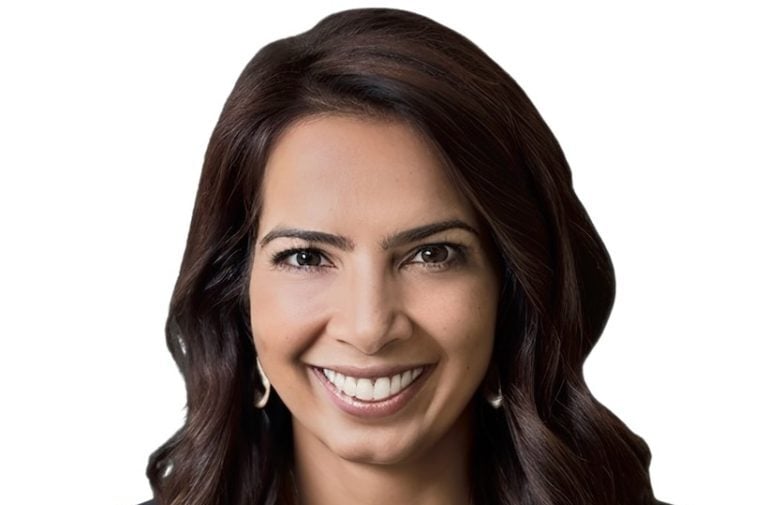In the 2006 classic comedy Talladega Nights, NASCAR driver Ricky Bobby (Will Ferrell) finds an unusual nemesis in Jean Girard (Sascha Baron-Cohen), a highly absurd French Formula One driver. The dichotomy between the two drivers is an implied rivalry between NASCAR, Formula One (F1), and their respective fanbases: American and international. Ricky Bobby prevails at the movie’s end, and F1 is expelled from the American imagination. But almost twenty years later, the longtime international favorite is rapidly overcoming its ‘un-American’ stigma and establishing itself in the U.S. with three groundbreaking races in Austin, Miami, and Las Vegas.
A 20th-century classic, F1 grew out of the hugely popular European Motor Racing Championships of the early 20th century. When a new formula (or set of rules) was established in 1946, the Turin Grand Prix became the first-ever Formula One race. The open-cockpit road races were hugely popular from their conception. But the sport didn’t become the economic powerhouse it is today until Bernie Ecclestone, former chief executive of the Formula One Group, overhauled the management of the sport’s commercial rights. For years, racing circuits made individual deals with teams. But in the 1970s, Ecclestone offered all F1 teams to circuits as a cohesive package, setting the stage for the sport’s multibillion-dollar transformation.

Like other high-profile sports, F1 drivers are considered ‘star athletes.’ Red Bull’s Max Verstappen, the 2021 and 2022 F1 World Champion, will make $55 million in 2023 from driving alone. To put a salary like that in context, Lebron James, arguably one of the greatest athletes of all time, will net a mere $44 million salary in 2023. Also generously compensated in F1 are the strategists of each team, charged with making crucial decisions about passing, pit stops, and more. But the costs don’t end there. Leading engineers, precise equipment, and the finest materials are all tantamount to success, and teams pay over $15 million for each car. For existing F1 teams, the base fee for entry starts at over $600,000, plus an additional $17,000 for each driver. For every success or point scored, another $6,100 and $2,100 are added, respectively. Moreover, teams hoping to enter Formula One for the first time are slapped with an exorbitant anti-dilution charge of 200 million dollars—a price rumored to soon skyrocket to $600 million.
In contrast to most commercial sports where team value is maximized, most F1 teams are “either making a small profit, coming close to breaking even or even taking losses compared to how much they are spending,” writes Jacob Asmpaugh in the Michigan Journal of Economics, for brands such as Ferrari, Mercedes and Aston Martin, participation in F1 isn’t necessarily profitable in and of itself. Instead, the sport helps them to market their superior status and engineering, increasing the value of each brand’s purchasable cars. Similarly, for high-profile and longtime sponsors such as Shell (and their 90-year partnership with Ferrari), F1 success and the luxury brand association offers crucial marketing and product differentiation.
But how did a sport that for decades failed to take hold in the United States finally catapult itself to unheralded levels of American popularity? In 2018, Formula One partnered with Netflix to produce the hit reality TV show F1: Drive to Survive. Though the sport is based on precise engineering and technologies, the show instead emphasizes the high-stakes drama between drivers, brands, and more. It offers the sampling vital to any reality show: desperado playboys, honest competitors, perfidious sponsors, and family dynasties (not unlike the plot of Talladega Nights). “Formula One is the ultimate competition…the drivers have an almost fighter-pilot-like mentality,” Christian Horner, Principal of the now dominant Red Bull Racing Team, says to the camera in one episode. In a country that holds reality TV near and dear to its heart, F1 has found the perfect way into the American market. And its influence is here to stay.

Austin, known as the “live music capital of the world” and famously home to two of the largest U.S. music festivals, brings in most of its local economy each year from hosting the F1 United States Grand Prix. Although in 2012, the construction of a Formula One racetrack seemed like a questionable investment, the Circuit of the Americas became an economic staple for both the city of Austin and the state of Texas. In 2021, Formula One fans reportedly spent over $600 million in the city during the U.S. Grand Prix’s three-day run. According to an analysis performed by AngelouEconomics, the race had a total economic impact of almost $1 billion—an outcome equivalent to hosting two Super Bowls at the same time.
Despite having no Formula One history, Miami made waves last year with the inaugural Crypto.com Miami Grand Prix, a brand-new race that runs through the parking lots surrounding the city’s Hard Rock Stadium. While still finding its bearings, the race brought over $350 million to the city through advertising spending and consumer revenue. Front Office Sports estimated that race patrons spent almost $2,000 per person, over twice that of the average tourist to the city. The race garnered impressive 27% more views than its established Austin predecessor.
It is additionally hopping on the F1 train in Las Vegas, a city that saw its last F1 Grand Prix in 1982. Eagerly anticipated, the new race is expected to surpass its American counterparts. According to a report conducted by Applied Analysis, the economic impact of the Las Vegas Grand Prix is projected to reach $1.3 billion in visitor spending and operational costs. It will bring the city almost 8,000 jobs and 361 million dollars in salaries. In contrast, the 2020 South Point 400 NASCAR race at the Las Vegas Motor Speedway brought in a meager $120 million.
In keeping with F1 tradition, the Las Vegas race will take place on city streets, a commitment that reverberates far beyond the race itself. To create a circuit that meets F1 specifications and accommodates speeds of up to 230 mph, Las Vegas has had to invest in substantial infrastructure improvements and accommodations. Nevada’s Clark County and Formula One are pouring over $30 million into infrastructure upgrades, including redoing the whole of Vegas’ iconic Strip.
But the economic appeal for F1 cities reaches far beyond a race’s immediate impact. As Formula One signs decade-long contracts with host cities, it provides a reliable stream of revenue and an opportunity for establishing an American influence within the sport. “We are going to mark [the city] not only for the week of the event, but we are going to mark F1 in Vegas as a place where we will develop the sport,” explained Formula One CEO Stefano Domenicali. As F1 ingrains itself within American culture, so will American culture impact the sport’s mores and technologies.
What this sort of influence might look like remains to be seen. But even as F1 has dramatically altered the United States’ relationship with motorsports, the words of Talladega Nights’ beloved American hero, Ricky Bobby, continue to ring true: “If you ain’t first, you’re last.”












